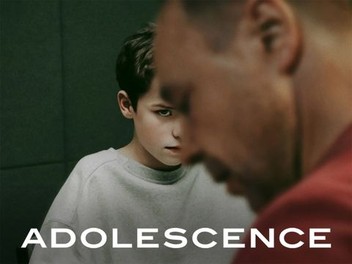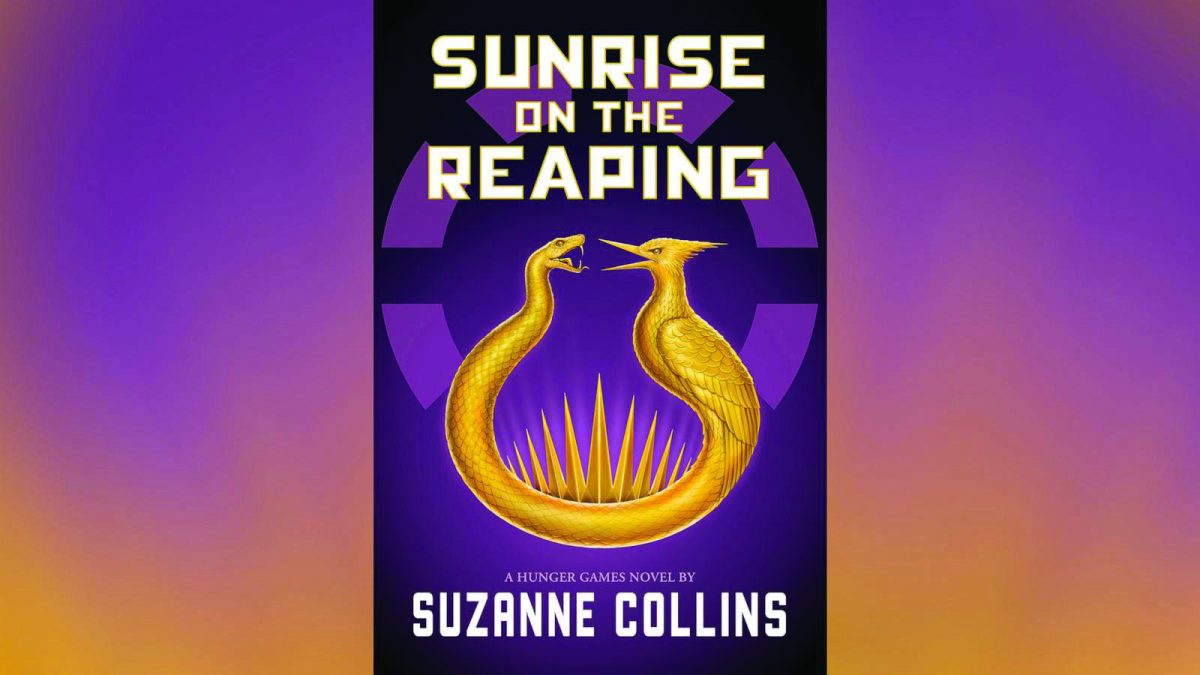I, like the majority of people, remember the first 3D movie I ever went to. The year was 2009, and the Avengers were only just starting to assemble. A young James Cameron’s independent film Avatar was in theaters, and I was advised by friends to go see it in 3D.
So, I and my friend George saddled up for the 30-minute drive we would have to undertake to get to a theater that was 3D capable (they were quite scarce back then). We settled into our seats, armed with our overpriced popcorn and beverages. The film hadn’t started yet, so we began to talk to one another. You know, like you do when you’re friends.
We were then rudely shushed by a middle-aged woman in front of us—for talking when the movie hadn’t started. We exchanged a look of annoyance but moved on, and we became excited as the lights dimmed and the movie began. Then, this usurper of movie theaters, this wonton of cinema, proceeded to squawk at her friend during the film. The same person who insisted we be quite before the movie suddenly decided it was okay to run her mouth DURING the movie. And thus began my relationship with 3D.
I did not find this technology impressive then, and I still don’t to this day. There are many issues with 3D. The first one, and one that everyone shares, is the extra money. A film shot (or post converted) in 3D requires more money and time, and the filmgoer has to make up for this money with usually at least a $2 charge added to a ticket. While some theaters offer to see a movie in either 3D or 2D, that is not always the case, and a person who wanted to see a movie is stuck wearing sunglasses and paying money for them. And the fact that even if you bring your own glasses back doesn’t spare you of the extra fees is ridiculous.
In addition, a movie in 3D alters the image of the film that has been shot. The fact that the entire audience has to wear sunglasses (although it conveniently says that they don’t function as them) causes the movie to be much darker than how it was shot. I distinctly remember when seeing Thor that there were scenes where I literally could not see a thing.
In addition, the addition of 3D (as ironic as it sounds) causes a shot to appear smaller than it is. Recently, Academy Award-winning sound editor Walter Murch commented that the “problem is that the audience must focus their eyes at the plane of the screen—say it is 80 feet away. This is constant no matter what. But their eyes must converge at perhaps 10 feet away, then 60 feet, then 120 feet, and so on, depending on what the illusion is. So 3D films require us to focus at one distance and converge at another…it takes a number of milliseconds for the brain/eye to ‘get’ what the space of each shot is and adjust.” It is this effect that is responsible for inducing headaches that many filmgoers are prone to when watching a film in 3D.
While I recognize a studio’s rush to make extra money by forcing 3D on a film, it is a cheap and problem-causing gimmick. If you’re going to force filmgoers to pay more for a movie, have it in IMAX instead, so that the experience we are being charged extra for actually immerses us in the movie, not causes us to suffer headaches.













